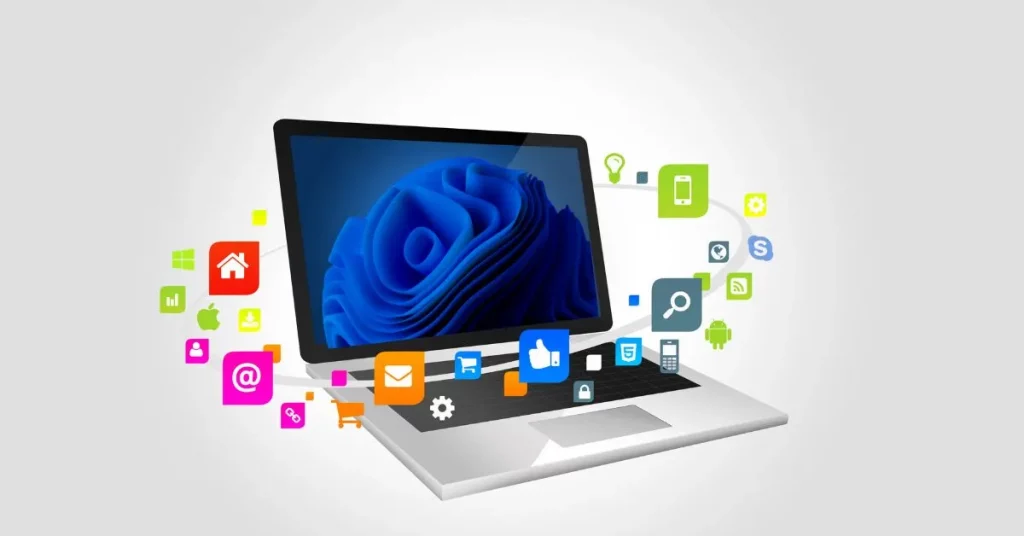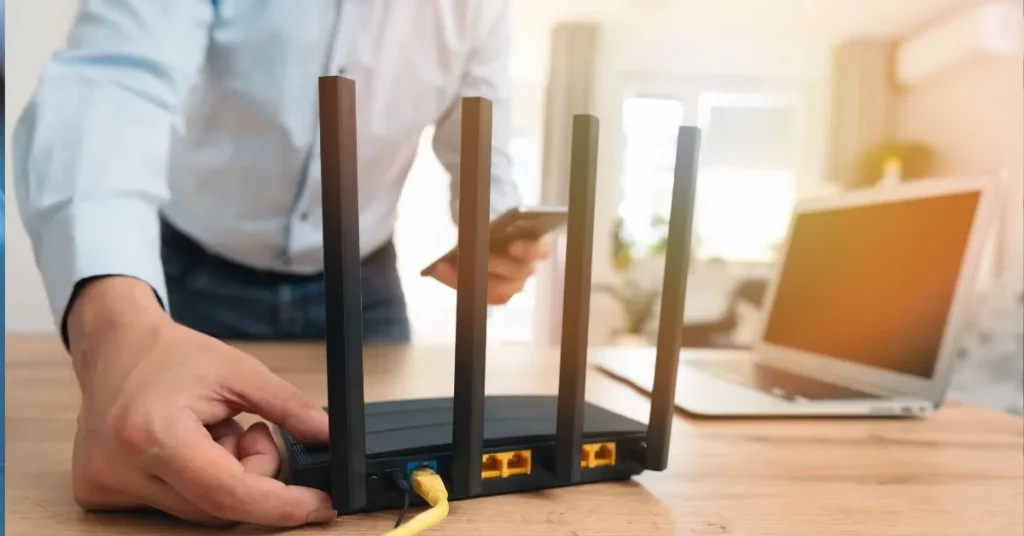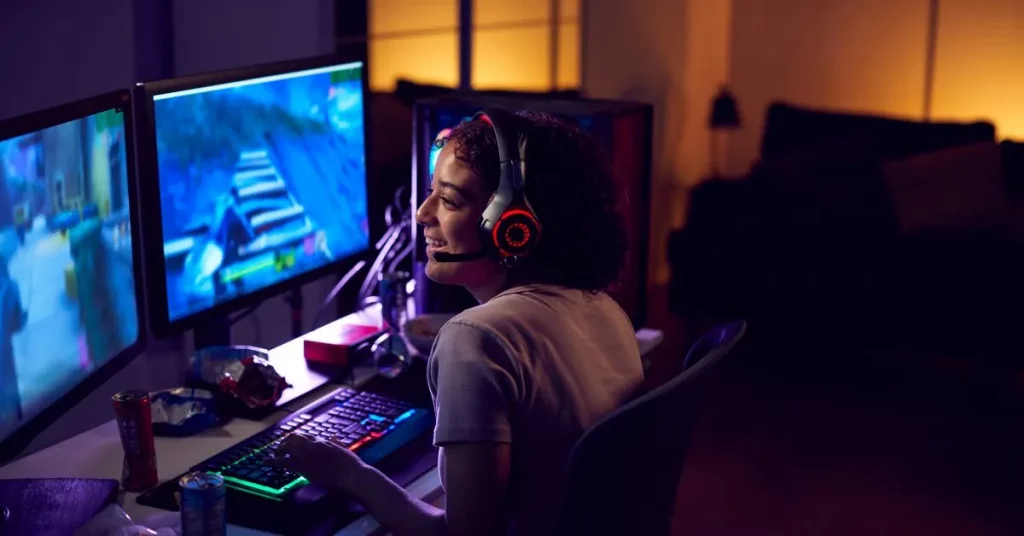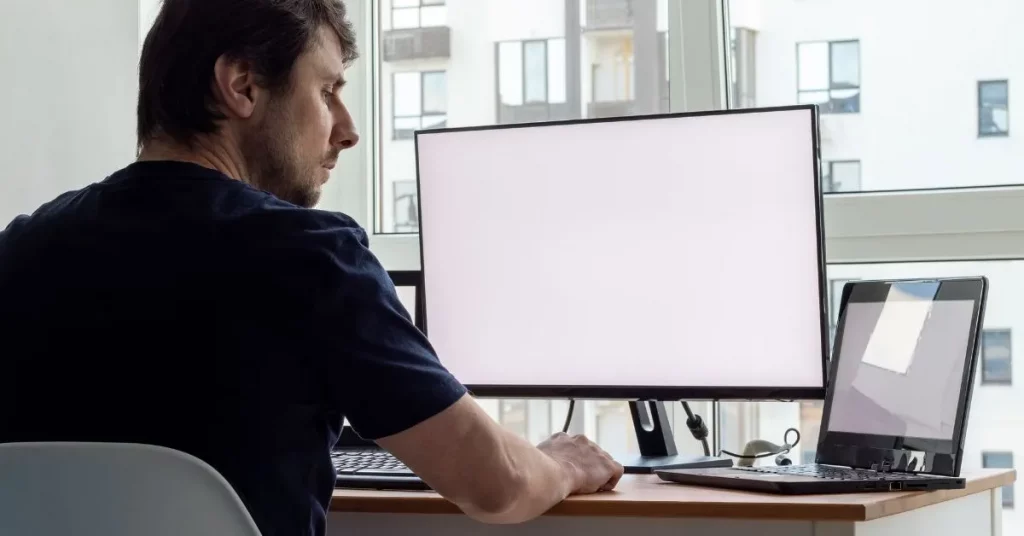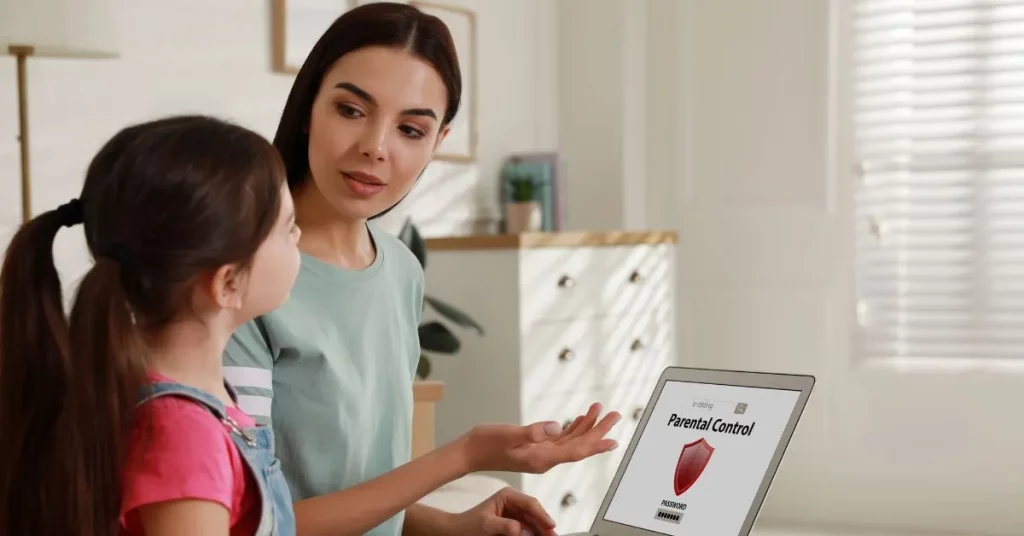Updating your drivers in Windows 10 isn’t that tough. Think of drivers as the connectors between your gadgets—like your printer or graphics card—and your computer. To keep everything running smoothly, it’s important give these drivers some attention regularly. Ready? Let’s jump in!
Why Update Drivers?
So, why should you even bother with updating drivers? It might seem like a behind-scenes chore, but here’s why it’s so crucial:
- Better Performance: Fresh drivers can make your computer faster & more reliable.
- Fix Bugs: Sometimes, old drivers create weird issues or glitches.
- New Features: Updates can unlock awesome new features for your devices.
- Security: Updated drivers help patch security holes, keeping your system safe.
Alright, now that you’re on board, let’s get started!
Method 1: Use Windows Update
Windows 10 is pretty good at updating things on its own, but sometimes it misses stuff. Here’s how you can manually check for updates:
- Open Settings: Click the Start button & type “Settings.” When it pops up, click on it.
- Go to Update & Security: In the Settings window, pick “Update & Security.”
- Check for Updates: Click “Check for updates.” Windows will scan for available driver updates along with system updates.
- Install Any Available Updates: If any drivers are found, install them and restart your computer if needed.
This method is super simple! But it doesn’t always catch every single driver.
Method 2: Update Drivers via Device Manager
- If Windows Update doesn’t work for some reason, you can use Device Manager:
- Open Device Manager: Right-click on the Start button and pick “Device Manager” from the menu.
- Find the Device: Look through the list to find what you want to update (like Display adapters for your graphics card).
- Update Driver: Right-click on the device & choose “Update driver.”
- Search Automatically: Choose “Search automatically for updated driver software.” Windows will look online for the latest version.
If it finds a newer version, great! If not, you might already have the latest one.
Method 3: Download From The Manufacturer’s Website
Sometimes the best way to get the newest driver is directly from the manufacturer’s website. This is especially true for things like graphics cards.
Here’s how you can do it:
Identify Your Device: Use Device Manager to see exactly what hardware you’re dealing with (right-click on the device and select “Properties” to get details).
Go to Manufacturer’s Website: For example, if it’s a graphics card, visit NVIDIA’s or AMD’s site. For other devices, check their brand site.
Download the Driver: Search for your specific model, download it & follow the installation instructions.
It might sound a bit techy but it’s pretty easy once you find the right page.
Bonus Tip: Use a Driver Update Tool
If you’d rather let a tool handle everything, there are third-party programs that can scan your system and automatically install new drivers. Popular ones include Driver Booster or Snappy Driver Installer. Just be careful—make sure to download these tools from their official sites!
Final Thoughts
Keeping your drivers Driver Update in Windows 10 is one of those must-do tasks that can save you from future headaches. It fixes those annoying glitches and boosts performance. While updating drivers in Windows 10 might not be fun—it sure is easy! And if you ever feel stuck or unsure about something, don’t hesitate to reach out—I’m always here!




